A high pitched trill shoots out of nowhere and I jump with excitement.
“I think I just heard a tui” I whisper, looking toward the direction of the sound.
“No actually, you heard him” Alice points at John, her guide partner whose lips are pouted getting ready for another call.
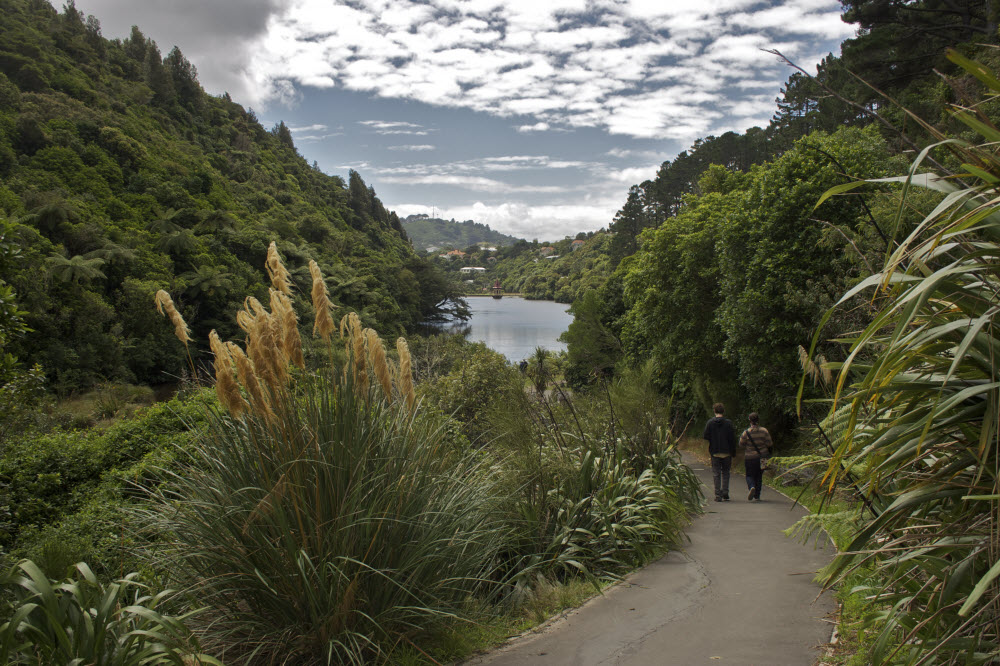
Disappointed that I hadn’t been the first to spot a bird, I switch back to hunting mode. I am hunting for kiwis. I have been to New Zealand many times in the past and never have I had the opportunity to spot a kiwi, and I wasn’t going to let this trip to be another let down.
Pulled and twisted by the force of the Australian plate and the Pacific plate, Zealandia is the land mass New Zealand once was before the arrival of the first Polynesian settlers.
Its unique geography set off the evolution path for unique flying creatures and amphibians, including the extinct gigantic emu-like New Zealand moa and the Giant Haast’s eagle. Due to the destruction of forests for land and introduced predators, other native species are also facing similar fate.
This new Zealandia is an ambitious conservation project that aim to restore New Zealand’s native environment to its pre-human days. It is a modern fairytale that began as a concept turned long term experiment, with the hypothesis that once a section of the land has been returned to its original state, free of introduced fauna and flora, with minimal intervention by humans, then Mother Nature will wave her magic wand and re-establish the paradise that New Zealand once was.
How it all began
The restoration of this urban valley in Wellington, including constructing the world’s first fully fenced sanctuary began in 1995 and has since seen an influx of native species of wildlife in the sanctuary, including the Little Spotted Kiwi. The project has 400 volunteers from all areas taking on jobs of various disciplines to help the conservation effort.
Wanting a more exclusive visit, I signed up for the night tour which allows entry to the park after the premise has closed for the day. After all, Kiwis are nocturnal birds and there are more opportunities of a sighting in the dark.
I think luck is on my side today. I have a guide that speaks avian, has a keen eye for any of the fluttering behind the branches and knows his feathers and bird calls like the back of his hands.
As long as John can remember he has always had the passion for birds. A true bird enthusiast, John has been guiding tours since 2002, and has seen the improvements in wildlife count year after year.
Wielded with a small torch emitting a red tinted light, equipped with a sharp sense of hearing and an ever expanding knowledge of avian lifestyle, he is confident about our sighting chances. Hopefully while I am tramping under his wings, he will lead me to my long awaited Kiwi spotting.
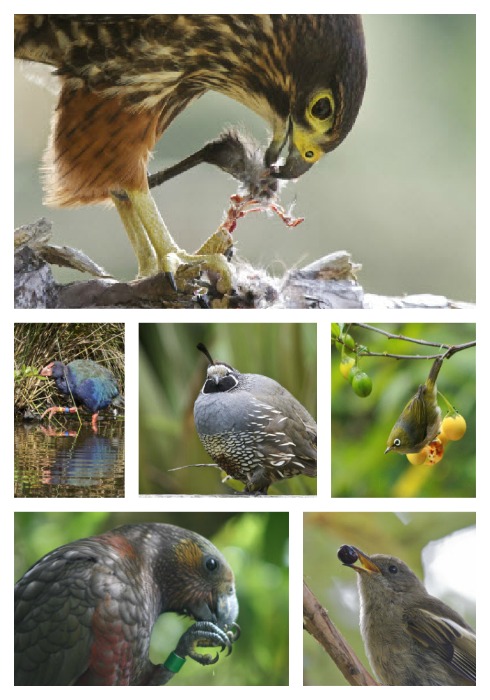
It is hard to believe we are just ten minutes from the city centre of Wellington. I feel a sense of calm in the midst of this silence, as if we are the only humans left on earth amongst the stirring birds. We come across a bend where parts of the earth are exposed. John stops us and switches off his torch.
“I have a surprise for you” he said, and pointed toward the dirt.
Seeing wildlife thrive
As my eyes adjust to the darkness, small specks of light begin to appear, and sudden they are everywhere. Upon close inspection, I notice the lights were emitting off strings of beads attached to webs spun in and out of tree roots and rocks.
“Glow worms” John explains in a whisper, “incredible, aren’t they?”
Before we could all express our awe, John turns suddenly and holds up his hand. Hushing to the signal, we follow John quietly, knowing something exciting is about to happen.
A Kiwi
Stepping carefully around John, I feel like I am trailing along with Sir David Attenborough, crouching low to watch as a Little Spotted Kiwi scratch and poking about the ground with its snout like beak, while we hold our breath, afraid that one small false move could deprive us of a longer audience.
For ten minutes the kiwi is oblivious to the watchful eyes of her visitors, continues to peck about until a stir in the woods send it scurrying off. I realise I have tears in my eyes as I finally exhale, relieved to have finally fulfilled a dream.
Learn more about Zealandia, and for visit information: Visit Zealandia | Official Website
Images in this article are sourced from Steve Attwood
About Steve Attwood
Steve Attwood is a passionate blogger and photographer of the birds and landscapes of New Zealand. Read his blogs at: http://stevex2.wordpress.com/ and view a selection of his photographs at: http://www.flickr.com/photos/stevex2/sets/72157625859137757/
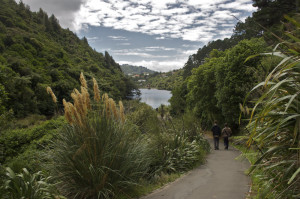

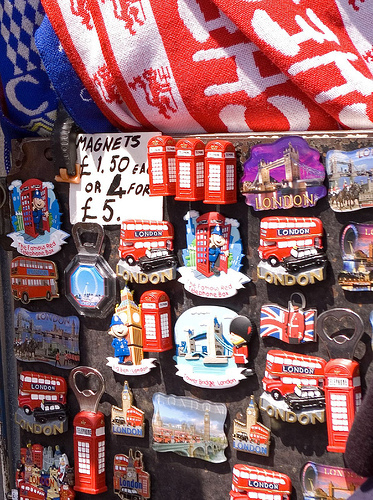 What Sort of Souvenirs Do You Take Home?
What Sort of Souvenirs Do You Take Home?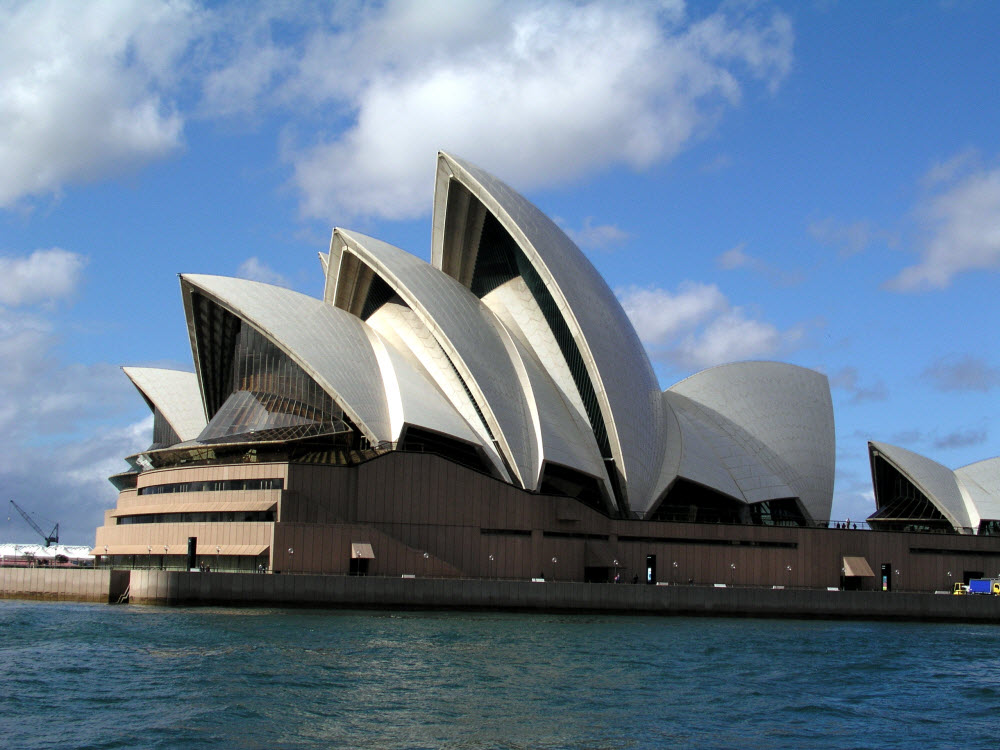
Share your thoughts below!